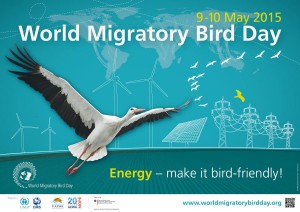 Last Saturday, May 9th was World Migratory Bird Day (2015 theme Energy: make it bird friendly) and International Migratory Bird Day (2015 theme Restore Habitat, Restore Birds). Why there are different themes and names for the Eastern and Western hemisphere’s is a different topic and one beyond my scope. But there is a link between the themes. Many rehabilitators have seen the results of wildlife tangling with power generation sources
Last Saturday, May 9th was World Migratory Bird Day (2015 theme Energy: make it bird friendly) and International Migratory Bird Day (2015 theme Restore Habitat, Restore Birds). Why there are different themes and names for the Eastern and Western hemisphere’s is a different topic and one beyond my scope. But there is a link between the themes. Many rehabilitators have seen the results of wildlife tangling with power generation sources 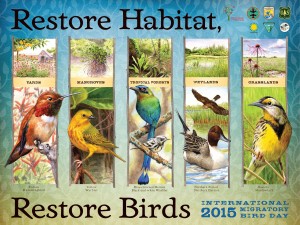 – electrocutions, burns, amputations, and habitat destruction. This is frustrating and often heartbreaking. Wildlife rehabilitation has a role to play in improving the conservation quotient of renewable energy.
– electrocutions, burns, amputations, and habitat destruction. This is frustrating and often heartbreaking. Wildlife rehabilitation has a role to play in improving the conservation quotient of renewable energy.
Wildlife rehabilitators routinely collect data on animal intakes. By recording and reporting intake locations and reasons for intake, we can help scientists and policy makers discover if a given energy collecting device impacts local wildlife. Do you live near or receive wildlife from a traditional or renewable energy source? Contact your wildlife permit officer and ask if they would like you to submit reports on intakes from that region.
Not all power generation is created equal. The enormous Ivanpah solar farms, in California’s Mojave desert, use heliostats to generate concentrated solar power. The site was in the news last year as a “death ray frying birds”1. Not good. But that certainly doesn’t mean solar power is bad. The US Fish and Wildlife Service provided the Ivanpah farm with suggested mitigation methods to prevent bird deaths2 and the Royal Society for Protection of Birds (RSPB) embraces the creation of photovoltaic arrays on existing human built structures and ground built arrays in non-sensitive habitat areas3.
The path to creating and maintaining wildlife friendly energy is planning, proper placement, risk assessment, mitigation, and continuous monitoring4. In Spain, shutting off wind farms during migration reduced mortality of griffon vultures by 50% and only caused a 1% loss in energy production5. A small solar farm in Germany chose a location that had previously been a gravel pit. The farm includes wetland and grassland habitat and permeable borders to allow small mammals, ground birds, and amphibians to transit safely6.
In my home (aka IWRC’s headquarters) I put in a rooftop solar array of 48 photovoltaic panels that will provide up to 12 kilowatts of energy per hour – which covers all of IWRC’s on site energy needs! This home-based system is one more small step to renewable energy and one that fits with what the World Wildlife Fund terms harmony with humans and nature7.
Resources
http://www.worldmigratorybirdday.org/energy
http://migratorysoaringbirds.undp.birdlife.org/sites/default/files/factsheet%20Solar%20Partner%20new%20logo%20PR.pdf
- Sweet C. The $2.2 Billion Bird-Scorching Solar Project. WSJ Online Article. 2014 Feb 13.
- RenewableEnergyWorld.com. Preventing Bird Deaths at Solar Power Plants, Part 1. Renewable Energy World. 2014 Sep 11 [accessed 2015 May 13]. http://www.renewableenergyworld.com/rea/news/article/2014/09/preventing-bird-deaths-at-solar-power-plants-part-1
- Trouvilliez J, Zurita P. Solar Energy Policy Briefing. 2014 Dec.
- Birds and Solar Energy within the Rift Valley/ Red Sea Flyway. BirdLife International Migratory Soaring Birds Project Solar Energy Guidance.
- Opinion: Renewable Energy – How to Make It More Bird-Friendly | Inter Press Service. [accessed 2015 May 13]. http://www.ipsnews.net/2015/05/opinion-renewable-energy-how-to-make-it-more-bird-friendly/
- Science For Environment Policy. Wind & solar energy and nature conservation. European Union; 2014. Report No.: Brief 9.
- Archambault A. Solar PV Atlas: Solar power in harmony with nature. Denruyter J-P, Mulder L, editors. WWF; 2012.
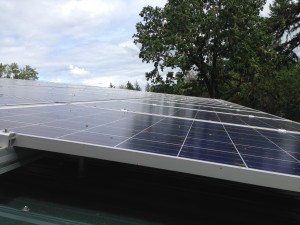
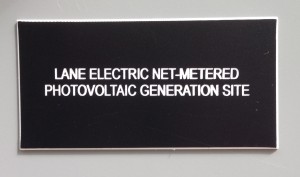

Leave a Reply
You must be logged in to post a comment.